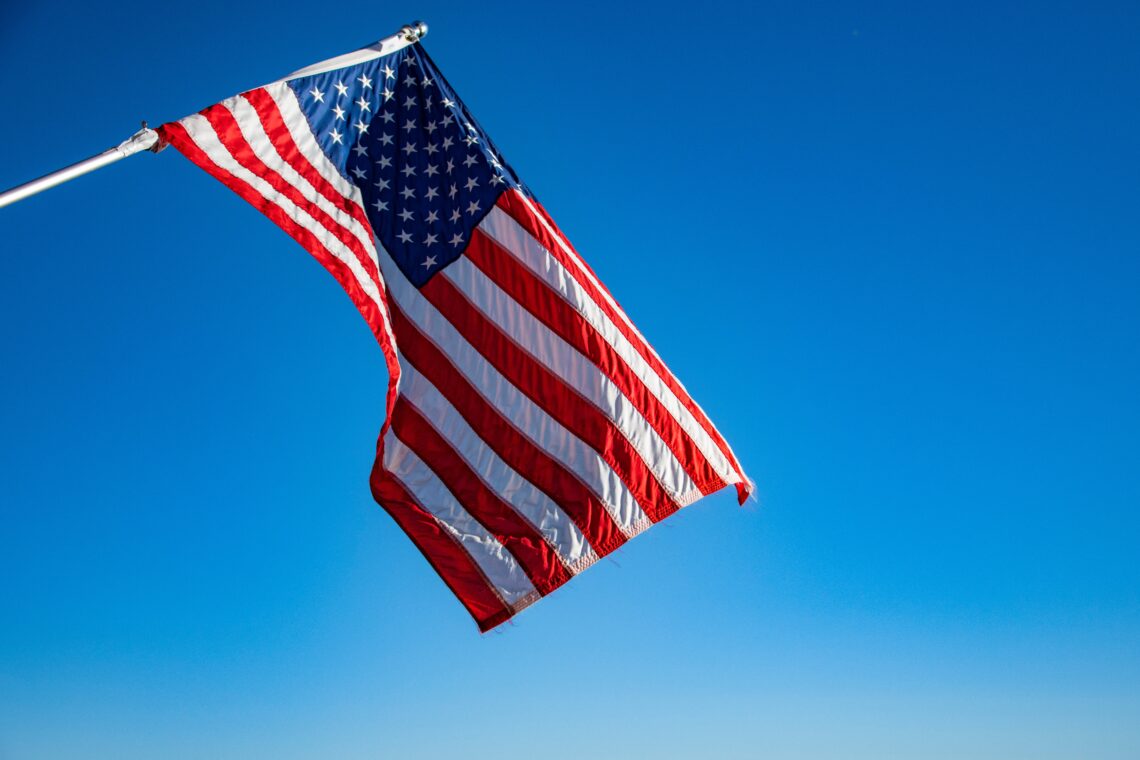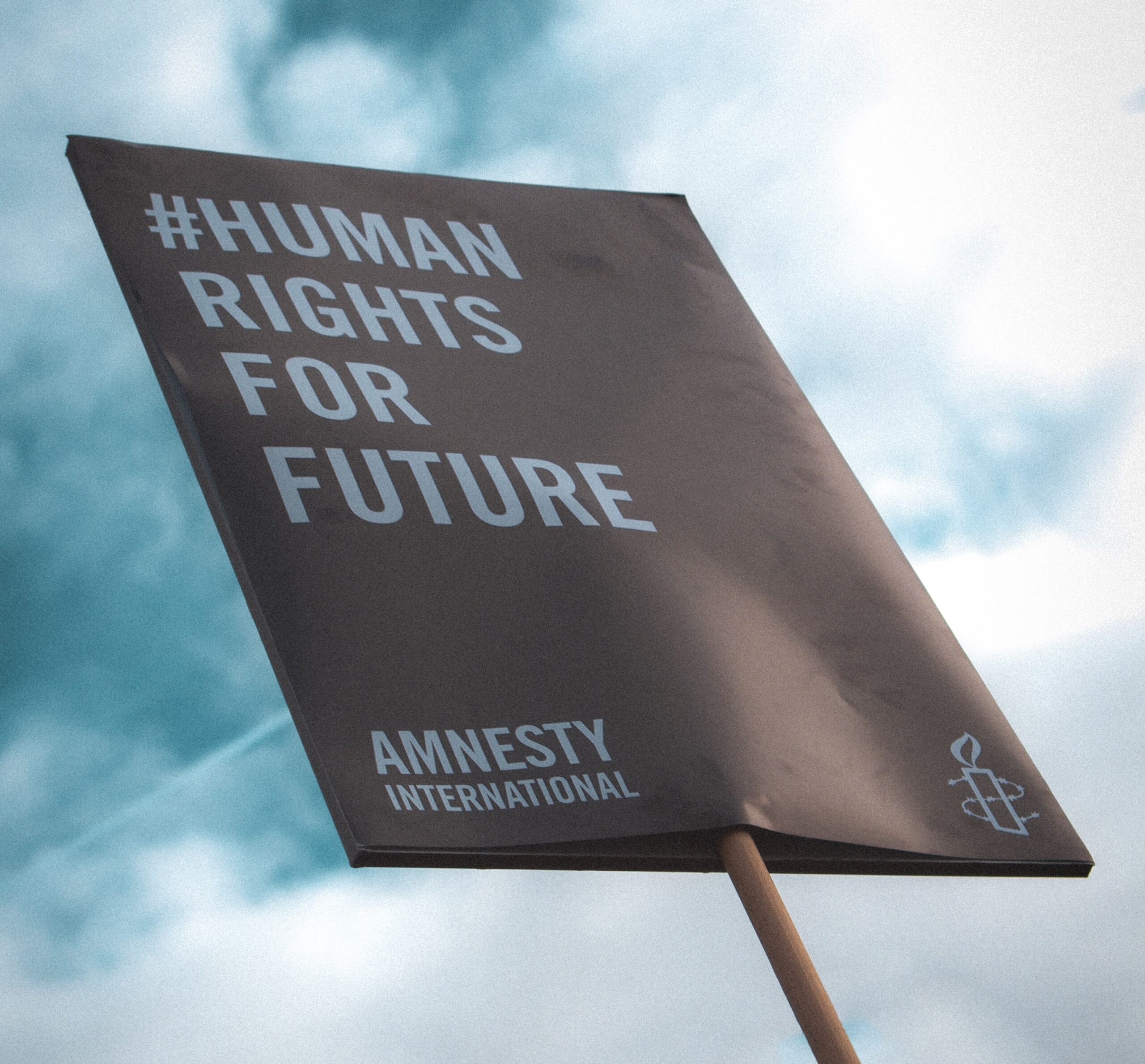
America’s divided soul
Maddy Fry traces the polarization in US society to historic damaging changes in how people consume media.
Rachel seems like any American in London – confident, outgoing and cheerfully anglophile. Yet her story of how she ended up in the English capital is unusual. It began with US public radio.
Rachel’s rural Californian parents were evangelical and conservative, unlikely to touch anything that wasn’t Fox News. For a long time, that was her whole world.
“As a family we tended to get the news from cable TV channels run by private companies, not from anything government-funded,” she said. “When I was growing up, it was the early days of Fox, so my mother often had right-wing talk shows like The O’Reilly Factor playing in the background. My grandparents would call something ‘liberal’ as an insult.”
Yet when she listened to National Public Radio (NPR) for the first time, her world opened up. Unlike cable TV, the publicly-funded radio format didn’t offer news followed by invective. Instead, facts from around the world were reported straight without commentary. Rather than being run by a private company chasing popularity ratings to sell advertising, much of NPR’s funding came from the government or public donations.
“It was the closest I’d ever come to news that you could almost call ‘objective’. It suddenly made me realise I had so much of the world to see, and a lot of missing knowledge to fill in.”
This experience became the subject of Rachel’s college application essay, starting her on a path which led to her eventual completion of a Law, Arabic and Islamic Studies degree at the University of London’s School of Oriental and African Studies, and a stint teaching in Morocco.
It was a long way from the world of conservative values she was raised in. Yet she fears that the chances of anyone else in the US making the same intellectual journey are getting slimmer, whichever side of the political divide they might be on.
“My parents haven’t watched broadcast news since 2012. They have become far more reliant on streaming and social media than cable TV”, she explained.
“This not only leads to people being fed curated information through sources they already know,” she said, “but news channels must narrow their focus even further to keep their audiences. This is just telling people what they want to hear.”
Yet this ‘ghettoisation’ of news has been a growing trend since the 1980s. When President Ronald Reagan repealed the Fairness Doctrine, few people realized that it was a landmark moment.
Since 1949 the Doctrine guided how broadcast media outlets presented news and current affairs, particularly issues that were controversial and of public interest.

Radio and TV networks had to make sure that news programmes included opinions from both liberal and conservative viewpoints, an edict that came in the wake of antisemitic broadcasts from isolationist radio presenters who wanted the US to stay out of the Second World War. The idea that you needed to give equal air time to different points of view became established just as television was becoming more prominent.
Criticisms of the Fairness Doctrine often came from political conservatives who felt that network news anchors simply parroted the views of the ‘liberal establishment’ in New York.
It’s hard to gauge how reasonable this reaction was, given that a conservative radio viewpoint was widespread in the heartlands of the US from presenters like Paul Harvey, and the doctrine was always hard to enforce – which in itself may have been a reason to repeal it.
But the lack of a new policy to replace the Fairness Doctrine meant that balance in political broadcasting quickly eroded. The commercialization of broadcast news forced networks to compete for viewers, segmenting audiences according to their political leanings. With no imperative to show different perspectives, audiences were thrust into ‘echo chambers’ long before social media was even dreamed of.
Yet the divide wasn’t always neat, even as the ‘culture wars’ preceded the dismantling of the Fairness Doctrine by more than two decades. Joe Pyne, the first ‘shock jock’ on American radio, spent much of the 1960s heaping bile and abuse on his political enemies, including telling them to ‘go and gargle razor blades’.
Yet Pyne was civil and attentive while platforming a transgender woman, Christine Jorgensen, in 1966, and sat respectfully when female guests gave speeches on women’s equality. He applauded them at the end, despite having begun by calling one woman a ‘dingbat’.
In short, he could be charming and warm when he wanted, and even among those he held in contempt, the conversation was defined by distaste rather than mutual loathing – even if he went on to inspire pugnacious talking heads like Rush Limbaugh, Bob Grant and Sean Hannity. As writer Harlan Ellison put it: “They are all about vilification and hostility, and their model is Pyne.”
Similarly, the link between politics and religion in US media was, once upon a time, not quite so obvious. The words ‘evangelical’ and ‘right-wing’ have become almost interchangeable, yet this was not the case for most of the twentieth century.
Until the late 1970s evangelical Christians mostly stayed away from politics and the mainstream media, relying on their own separate TV and radio networks. It wasn’t until events like Roe vs. Wade, the court ruling which legalised abortion in the US, and the AIDS crisis of the 1980s, that cultural fault lines emerged between secular liberals and religious conservatives.
But there were also outbreaks of harmony, such as when the televangelist Tammy Faye Bakker conducted a moving interview with the gay pastor Steve Peters, who was suffering from AIDS, in 1985. It offered a moment of nuance that would be difficult to replicate in the current media landscape.
However the deepening of identity politics, particularly around issues like crime, immigration, reproductive rights and gender, has not been the only factor. Economic conditions, including the debilitating impact of Covid-19, have also played a role in feeding a sense of division and resentment.

The former journalist for News Corp, Sohrab Ahmari, spoke of what he called the ‘ruling class failure’ which led to the American working class pushing against this state of affairs in 2016 by ‘electing Trump, much as the British working class did by voting for Brexit’.
He also criticized the media for feeding the polarization for ideological or monetary gain, calling it ‘the shameless desire for ratings and clicks’. In other words, the hated ‘mainstream media’ was, and still is, to blame.
Former New York Times journalist Ben Smith, who recently decided to start a global news media company of his own, contested the idea that the US is really that divided politically. He agreed that deep divisions exist around ‘who ought to wield power’ in America, but rejected the idea that ‘there are one or two simple causes’.
“A lot of surveys show that on most policies, in particular with respect to the role of government and foreign policy, and regarding abortion, the American people have been closer together than they have been in a long time. On many of those big picture economic issues, the political parties are also closer together.”
Where there are divisions, he noted that ‘social media is intertwined with this, but I think demographic and technological change, and the reaction against globalization, all seem like big factors’.
Fr Robert Gahl, an American professor of ethics at the Pontifical University of the Holy Cross in Rome, maintained that the media itself and parts of academia are to blame, where ‘an increasing censorship, especially from the left, is driving a wedge between the two sides of every debated topic, thereby fomenting even more polarization’.
However, he added: “Those on the left and those on the right both present either/or scenarios that are incompatible with the nuanced and conciliatory views more commonly held. The dominance and exclusivity of major media drive an accelerated diversification of ever smaller ghettoized microcosms that offer refuge for minority viewpoints.” In other words, the extremism of the major media channels is leading to the growth of smaller ones – whether they be moderate or extreme.
Few would contest that there is a business incentive to target audiences based on political divisions, and a contentious discourse is a great way to draw people in through ‘shock and awe’.
Yet journalist Olivia Rosane argued that the major problem is the reliance on fake news and disinformation. “I think it goes back to the ‘shared set of facts’ problem. There is no reason for a serious journalist to engage something like News Max or Breitbart. It’s not a question of right or left. It’s a question of legitimizing falsehoods.”
Alarmingly, the recent lurch towards conspiracy theories shows no signs of stopping. Social media has fed this by keeping people in silos, but it was building on what comedian Al Franken, who launched a failed left-wing counterpart to Fox News, called the ‘two different ecosystems’. In other words, the two sides cannot agree on a baseline of reality, with opinion mattering more than news. It’s hardly surprising that any dialogue is non-existent.
An incident in 2019 erupted into a culture war when a group of high school students from Kentucky was lambasted for apparently taunting a Native American man during a demonstration. Liberal broadcasters such as CNN led the outcry, while others in the right-wing media claimed those involved had been unfairly slandered. CNN was sued for defamation and reached a settlement with one of the boys. Each side doggedly insisted that the other had misrepresented the facts.
CNN was similarly criticized that year for falsely claiming Anthony Scarmucci, a member of Donald Trump’s staff, had been involved in a Russian hedge fund which was being investigated by the US senate. The network was forced to retract the story and the journalists involved to step down.
It’s a parasitic relationship. Each side feeds off the other to try and defeat their adversary, aware that their audiences wish to see an enemy being vanquished – even if that enemy is a neighbor or family member. It is the media turning in on itself, almost to the point of self-destruction.
The implications of all this can be serious, and sometimes fatal. The violent attacks on US government buildings on January 6 were led by protesters who believed the election had been ‘stolen’ from Donald Trump – a lie promoted by news outlets supportive of the defeated president. Seven people lost their lives.

You don’t have to go back far to find examples of the media’s ability to emote in deadly ways. The Rwandan genocide escalated in part because of anti-Tutsi outbursts by Hutus on broadcast radio. It’s a sobering reminder not to be complacent about a fractured society, both fed by and feeding a divided media.
Professor Clemens Sedmak, an Austrian academic at the University of Notre Dame in Indiana where he heads the Nanovic Institute for European Studies, cited the war in Ukraine as a sign of how “knowledge is power – and information is often sold as knowledge. The Russian invasion of Ukraine is the most dramatic illustration that access to information and the management of knowledge claims can be a matter of life and death.”
He highlighted how philosopher Hannah Arendt had famously commented on ‘the temptation to turn opinions into truths’. Good public debate, he stressed, needs ‘a well balanced diet of examples’.
Are there any grounds for hope? The neocon writer Bill Kristol, a seasoned commentator on US politics who has since turned his back on the Republican Party, was uncompromising in his solution to fake news: “We have to win.”
He may be right. But is that enough?
Rachel was quick to highlight that the democratization of news via social media and podcasts has a positive side, and she cited schemes in US elementary schools aimed at making media literacy and critical thinking a bigger part of the curriculum. But she sagely pointed out that ‘my exposure to differing opinions doesn’t come from the media – it comes from people’.
“My genuine hope,” said Rachel, “is that our way of understanding what goes on in the world won’t be represented by news media and commentary only, but by people moderating their views of the world through community connections and through art. I think that does a much better job of helping us understand the world around us.”
Perhaps optimism lies that way. America, and the world, certainly needs it.
Like what you’ve read? Consider supporting the work of Adamah by making a donation and help us keep exploring life’s big (and not so big) issues!
Maddy Fry
Maddy Fry is a writer for Adamah Media. She is a journalist who has written for the Daily Telegraph, the New Statesman, the Huffington Post and the Church Times, and appeared on Sky News, the BBC and Radio France International. She also co-runs ScriptWright, a script reading and consultancy service for aspiring screenwriters and playwrights. Outside of this she enjoys Star Wars, drinking stout and attempting to get her first novel published.

